Become a Mammoth Feast Facilitator or Tusk Treat Giver | Our Bana Grass Project
MISSION REPLANT BANA GRASS
We are busy replanting our bana grass plantation, a source of vital supplementation for the elephants in our care, overnight when they are at the homestead and to make up for the loss of vegetation in the reserve due to the current drought. The bana grass plantation stretches over three hectares and needs to be replanted every five years. The cost of replanting and maintaining the bana grass for the next year is $ 38,823.
You can help us help the herd by donating to our bana grass campaign or becoming a Tusk Treat Giver or a Mammoth Feast Facilitator. Both tiers are once-off donations featured on our Wishlist.
- Tusk Treat Giver – Covers replanting exclusively: $25 covers about 119m squared of replanting or about 1/3 of a row | DONATE HERE >
- Mammoth Feast Facilitator – Covers maintenance for a year: $1000 covers the maintenance of 909m squared, about 2.5 rows | DONATE HERE >
| Donor tiers | Tusk Treat Giver | Mammoth Feast Facilitator |
| Donation amount | $25 | $1000 |
| Donors needed to reach the target | 252 | 33 |
| Land supported | 119m squared | 909m squared |
| Closest approximation rows/80 | just below 1/3 | just below 2.5 |
Bana Grass is a valuable supplementary feed for wildlife in semi-arid areas. Our reserve is situated in the Limpopo province of South Africa, which is considered a semi-arid region. The precipitation received is below the potential evapotranspiration. More water evaporates than can be replenished through rainfall, but not so much so that it is considered a desert.

For plants to survive the long, dry winter months, nutrients critical for survival are stored deep within the plant’s core and not in its leaves, seeds or fruit. During this time, grass helms harden and lose colour and nutritional value. Animals are forced to graze on these plants despite this temporary decline in nutritional value, meaning more plant material will be consumed per animal to meet their daily required food intake compared to the wet summer months when plants provide plenty of fresh growth.
Before mankind settled in Africa, large herds of wildlife could move unhindered across vast landscapes to escape the dry season in one area and move on to places where rainfall and fresh plant growth were abundant. This gave animals the food they required to remain in optimal condition and gave the area left behind much-needed rest to replenish its vegetation community in anticipation of the animals’ return during the next rain season.
With the development of mankind came cities, roads, railways and fences, fragmenting once intricately connected habitats into small, disjointed blocks. With the human population’s constant and exponential growth, these disjointed blocks became smaller and smaller, leading to more intensive management of natural areas. This unhindered movement spoken about earlier is no longer possible. Leaving mankind responsible for managing these ecosystems artificially to achieve a level of ecological function.
During the peak of the dry season, the vegetation community revered by South Africans simply as the “veld” goes into a dormant stage, where it does not produce any new growth. Yet the nutritional demands of growing numbers of wildlife have steadily increased.
Therefore, it is our responsibility as landowners with wildlife to devise a plan to ensure that the animals that occupy our land have access to fresh green growth.
The bana grass project is our successful attempt at providing our Jabulani elephant herd with nutritious food year-round. As elephants are mixed feeders—meaning they both graze on grass and browse leaves from trees—one can not only rely on one food source, such as lucern, to see them through the night. A combination of lucern, bana grass, branches, and any crops donated by our surrounding farmers is sufficient to meet all their needs.
Growing crops in semi-arid areas can prove challenging even for the most experienced farmer. Unpredictable weather, long dry seasons, short and aggressive rain seasons, and a sparse water supply and intense sunlight make growing bana grass a worthy challenge.
Our bana grass project spans about three hectares or approximately seven and a half acres. Daily irrigation is required to keep the generally well-drained soil of the area wet. A tight irrigation schedule is followed to ensure all corners of the plantation receive sufficient water – this is very labour-intensive as large sprayers and lengths of modular pipes need to be moved by hand to their following location. Although drip irrigation seems feasible, the need to send tractors into the fields to remove dead plant matter from the bases of each plant complicates an automated system. Regular soil fertilisation to ensure optimal leaf formation and stem growth adds another layer of cost and labour. The ongoing provision of this fresh food source is a long-term commitment that carries on year-round.
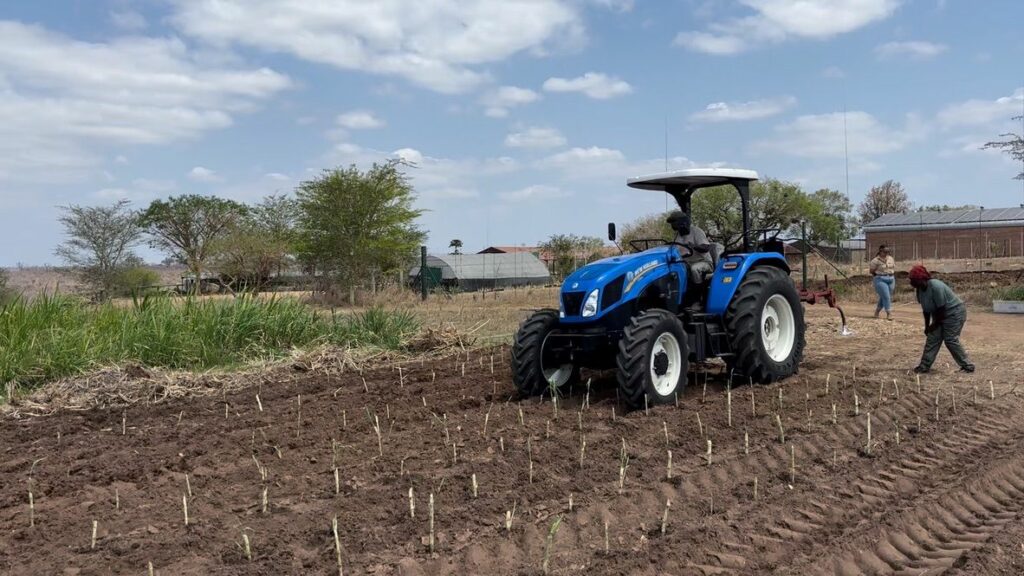
Our bana grass plantation has reached a point where replacing them is more feasible and economical. All plants, like animals, have a set productive lifecycle, and our plants have reached the end of theirs.
We are undertaking the enormous task of removing the old plants by hand and by tractor-drawn implement and fertilising, irrigating, and resting the soil, all while preparing cuttings from the mother plants to replant the fields once ready. This replanting exercise has notable upfront costs and requires following the proper technique to ensure a thriving plantation for several years.
REPLANTING THE BANA GRASS PLANTATION IN PICTURES
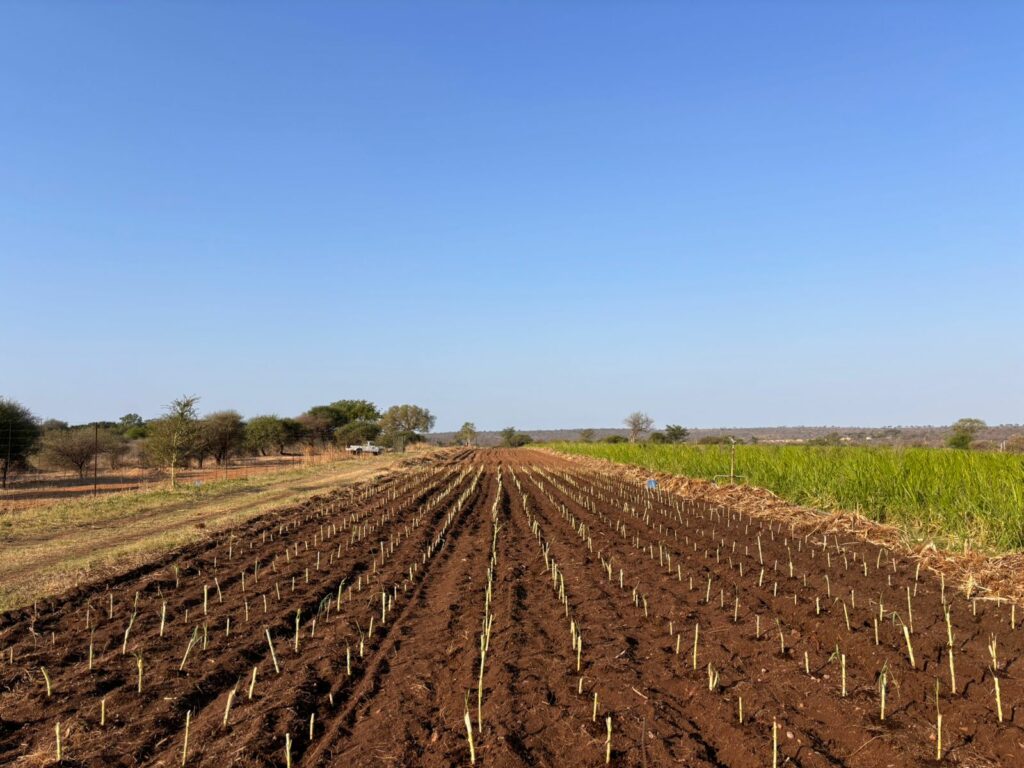







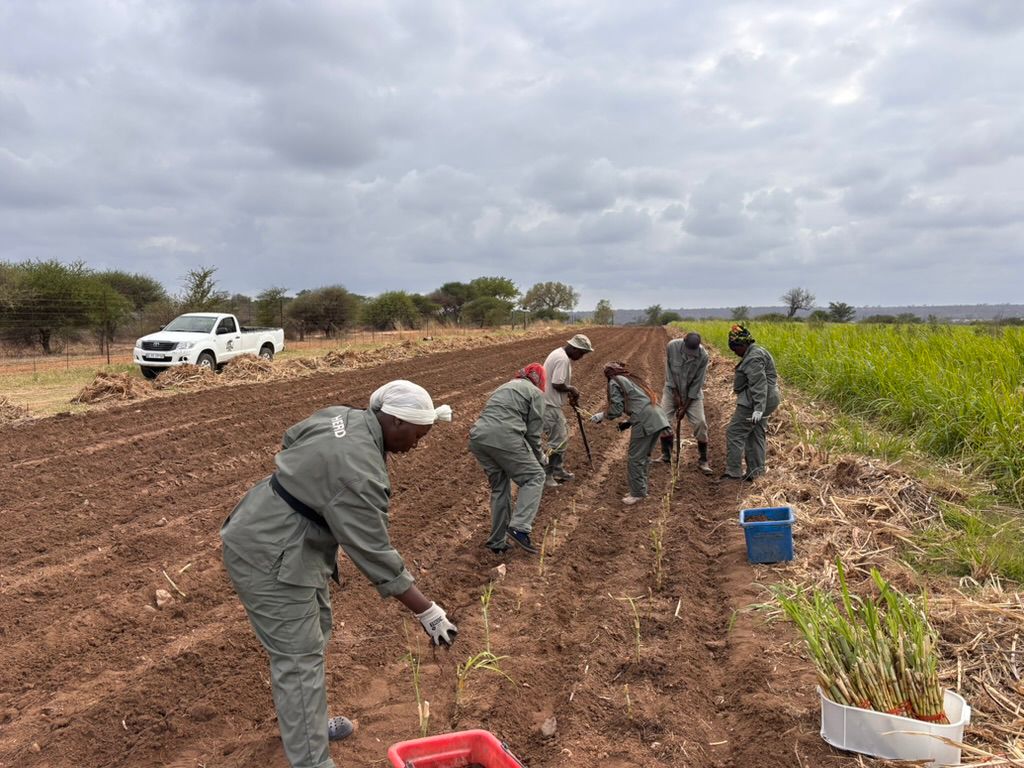
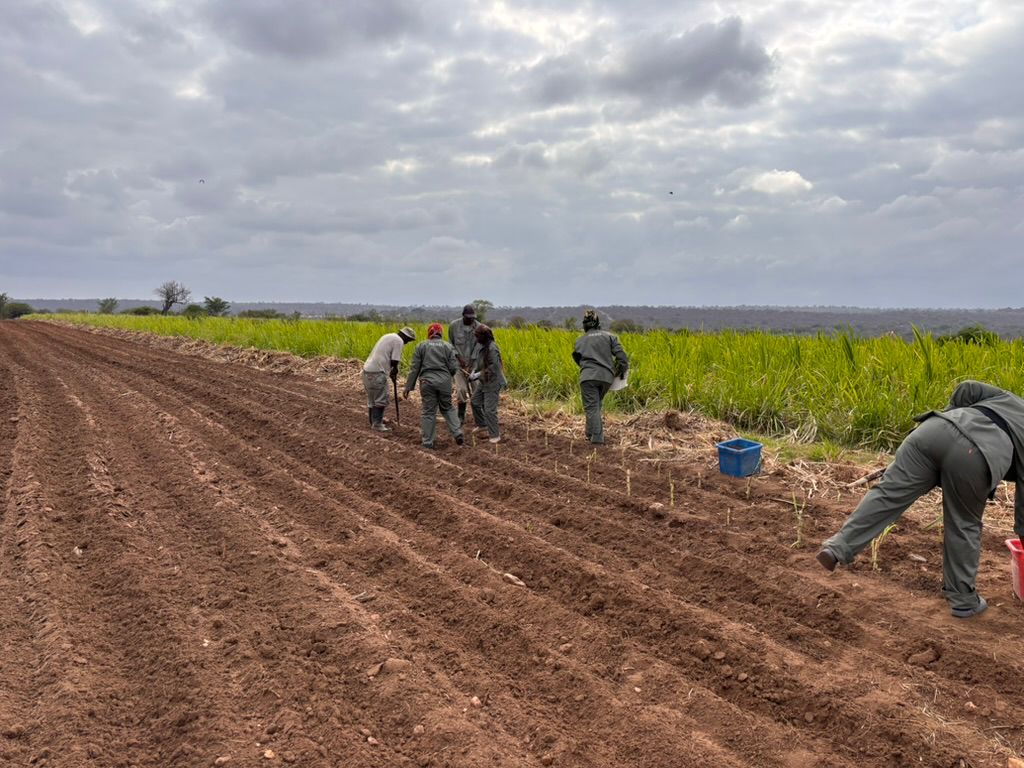
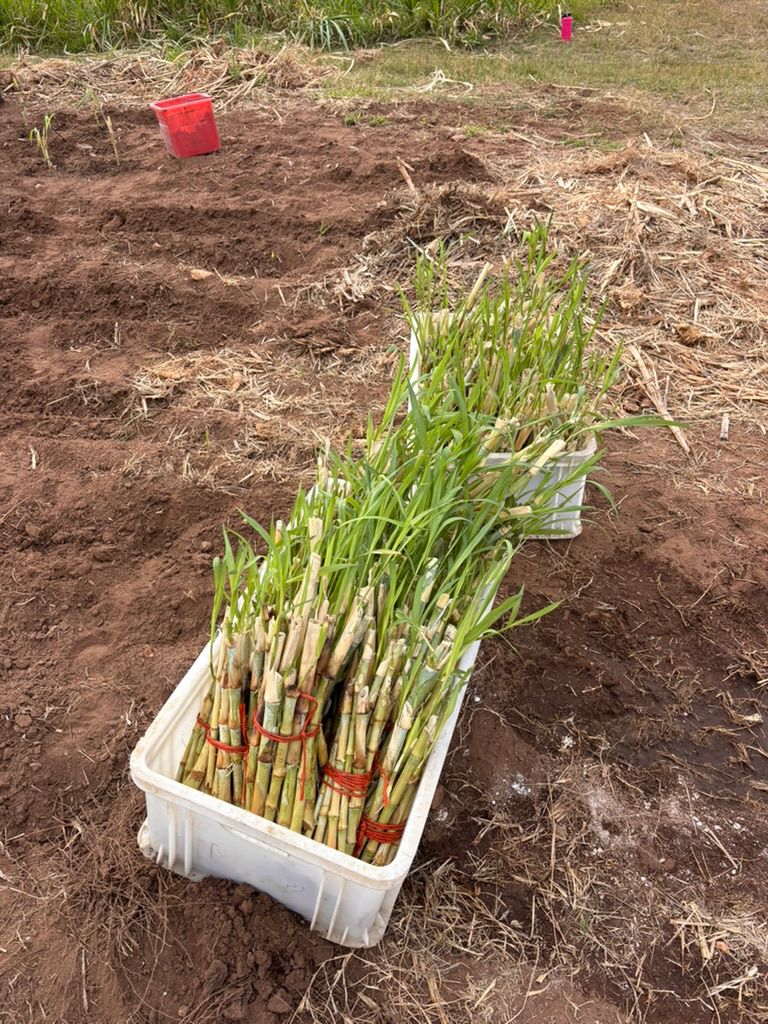
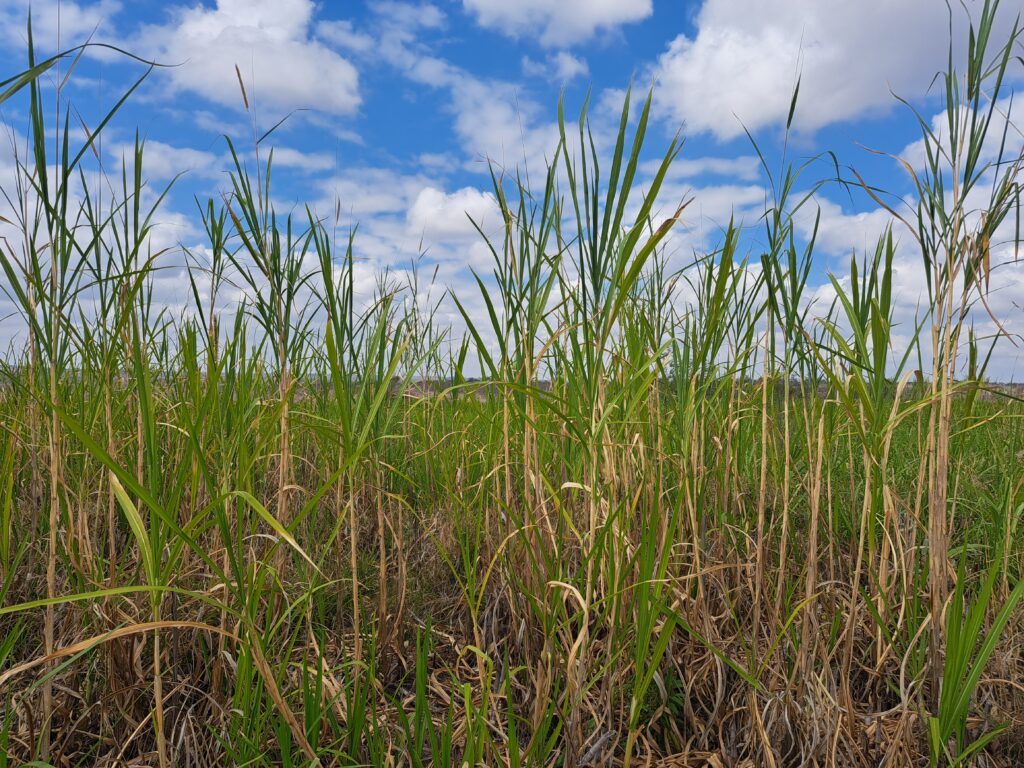

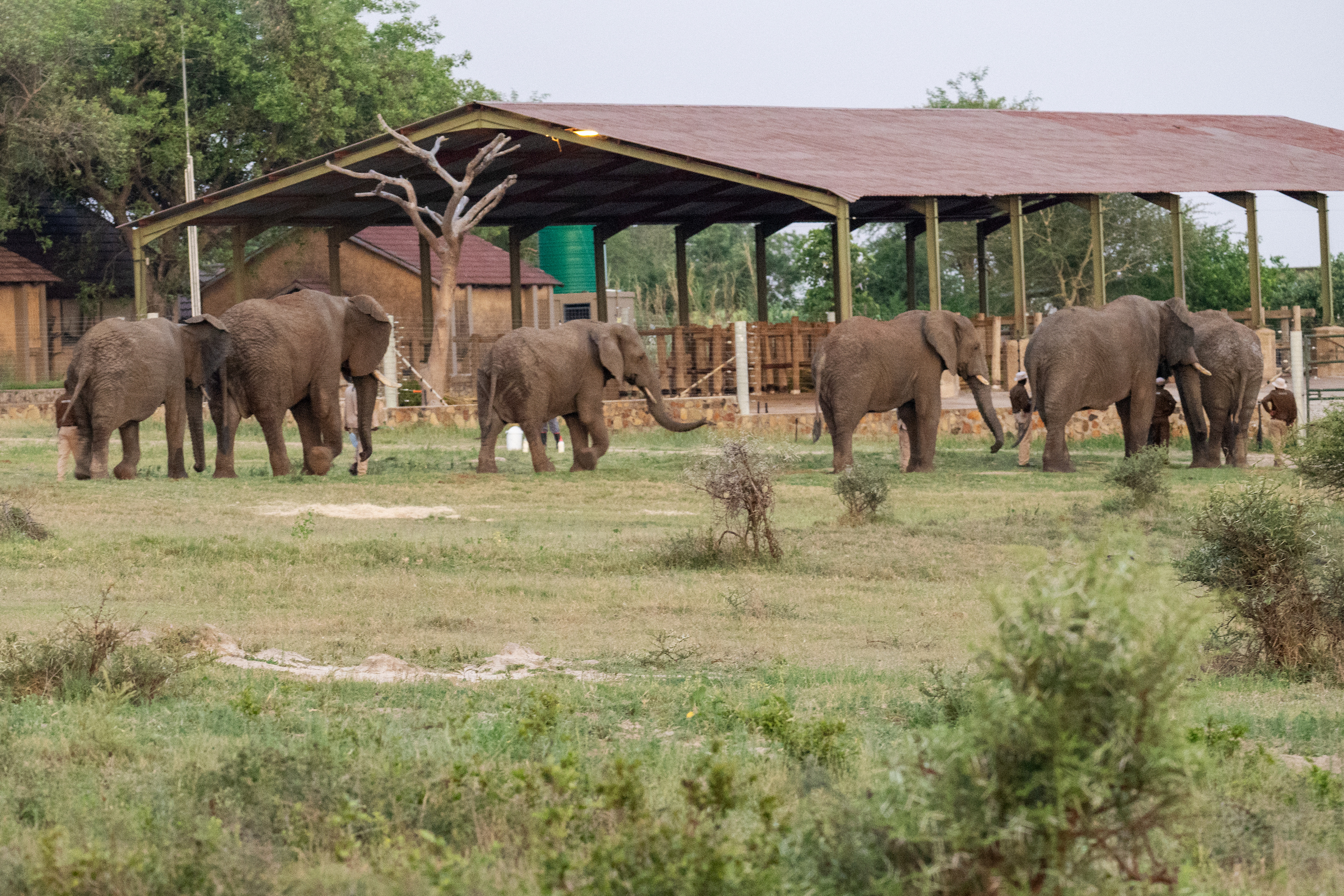

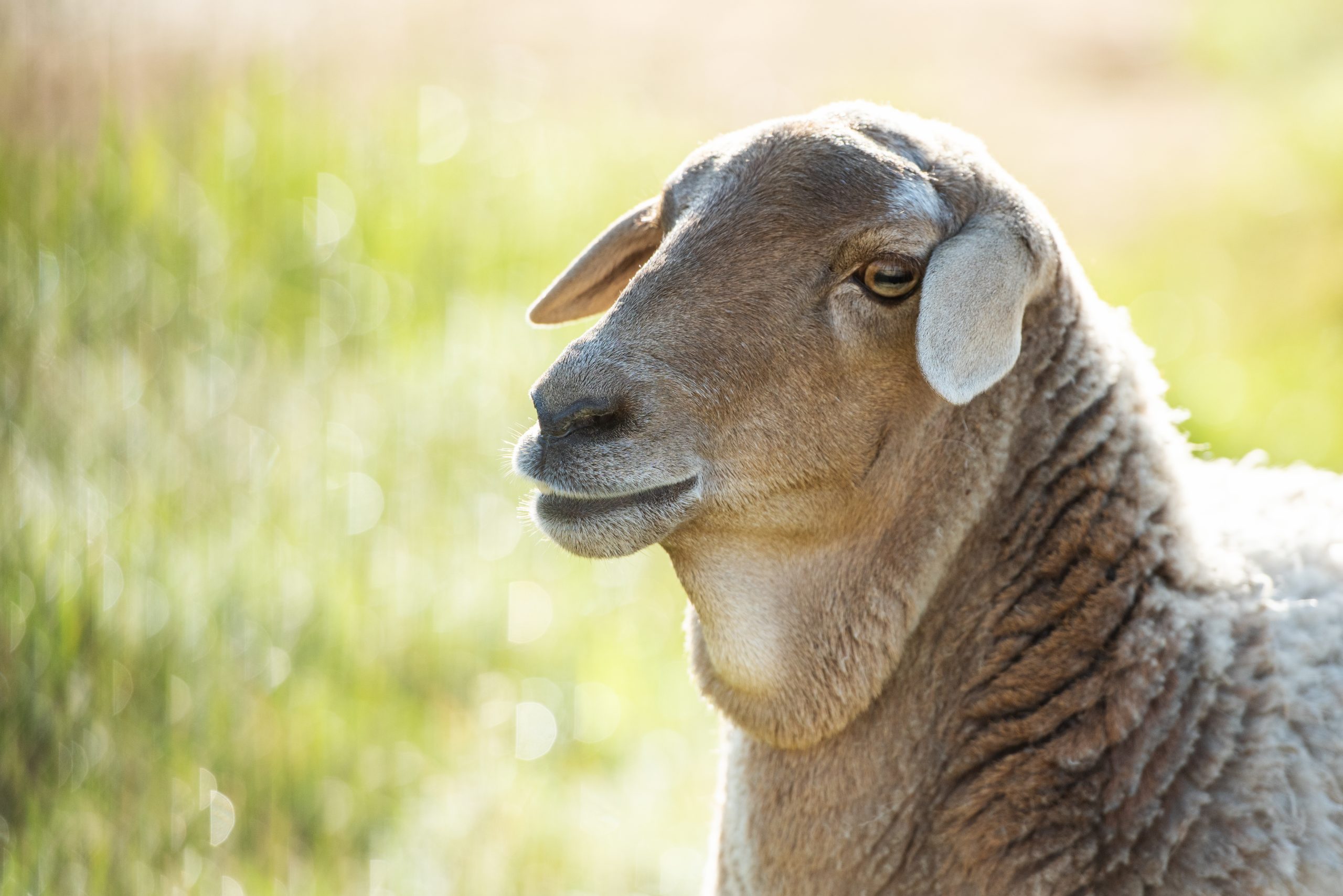

Lesley Hook
So happy to make this very reasonable donation to an incredibly important project! Wishing you all the very best of luck in attaining the necessary funds. A world of thanks to every single person involved. With love and respect ❤️?❤️